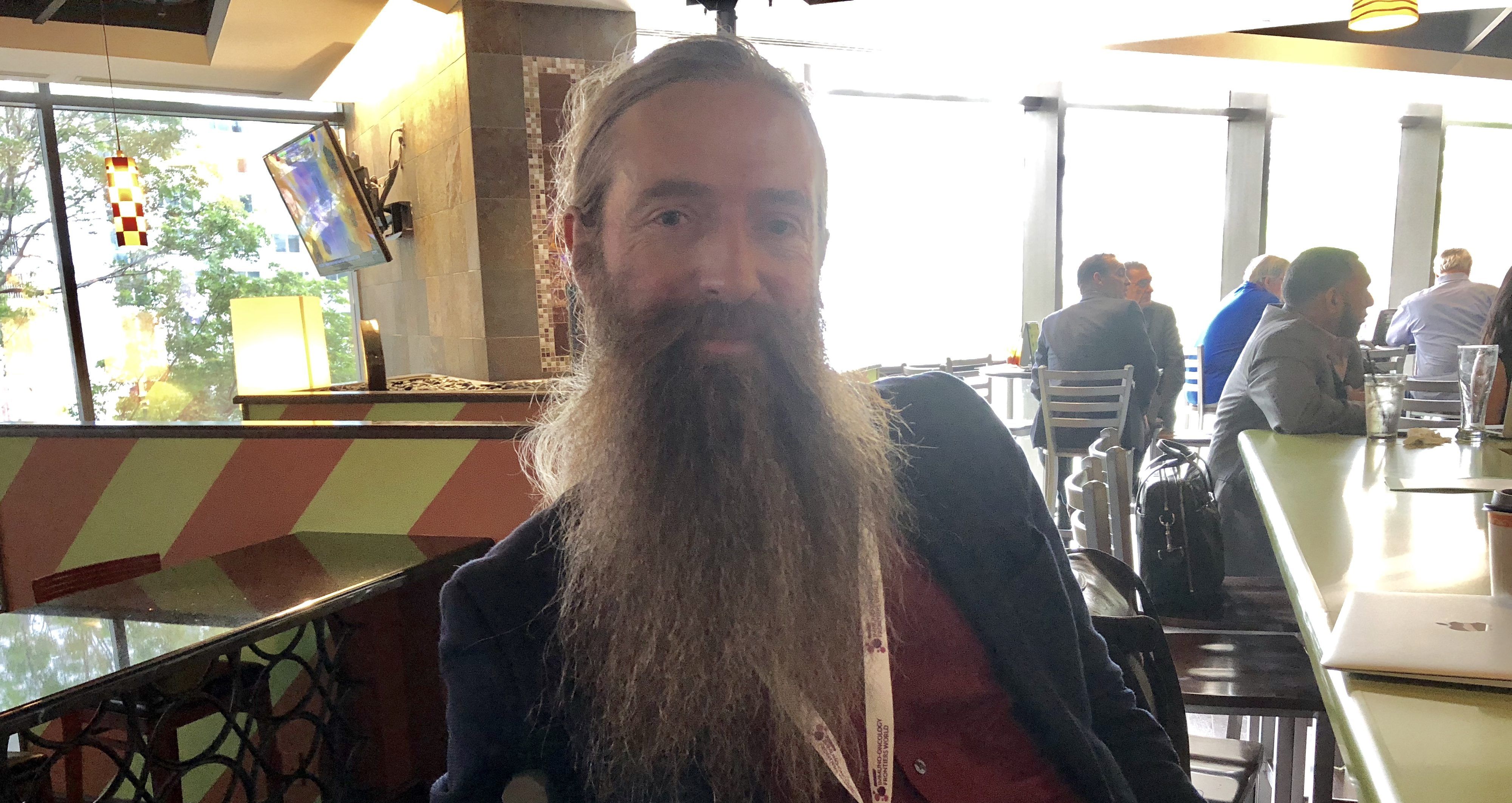Image: istolethetv/Flickr Perhaps we’re not alone but instead reside in a multiverse stocked with all sorts of fantastical realms. These other universes are somewhat—but not exactly—like our own. Maybe gravity acts differently, or particles come in different shapes and sizes. Could life still exist in any of these bubbles? A team of researchers at the University of Michigan asked these questions but took things a step further. They removed one of the four fundamental forces of nature, the weak nuclear force, from their hypothetical universes. And according to their calculations, these alter…



